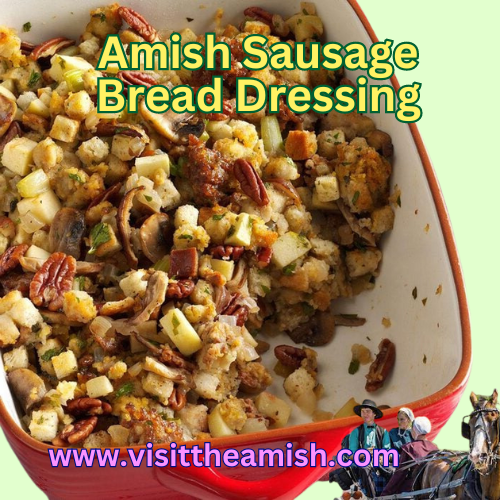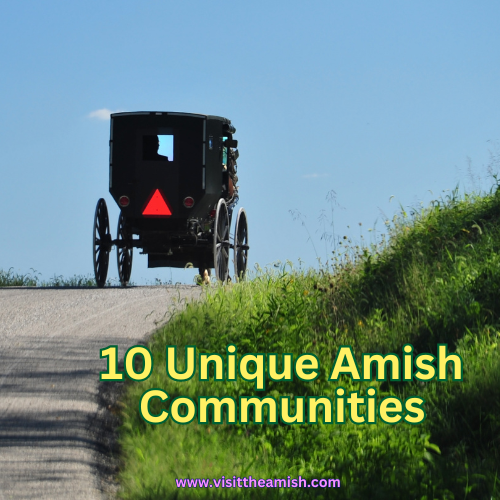Amish Sweet Potato Pancakes with Cinnamon Cream: A holiday treat from the heart of Amish Country
As the holiday season approaches, kitchens brim with warmth, aromas, and the promise of delightful culinary creations. Amidst the bustling preparations, consider adding a touch of tradition and comfort to your breakfast table with an Amish-inspired recipe that embodies the essence of the season—Sweet Potato Pancakes with Cinnamon Cream.
Rooted in simplicity yet boasting flavors that evoke nostalgia and warmth, these pancakes are a delightful departure from the ordinary. They encapsulate the heartwarming spirit of the holidays, making each bite a journey through tradition and taste.
Amish Sweet Potato Pancakes
Ingredients:
- 2 cups mashed sweet potatoes
- 2 cups all-purpose flour
- 2 tablespoons brown sugar
- 2 teaspoons baking powder
- 1 teaspoon baking soda
- 1 teaspoon ground cinnamon
- 1/2 teaspoon ground nutmeg
- 1/2 teaspoon salt
- 2 large eggs
- 1 1/2 cups buttermilk
- 1/4 cup melted butter or oil
- Butter or oil for cooking
Instructions:
- In a large bowl, combine the mashed sweet potatoes, flour, brown sugar, baking powder, baking soda, cinnamon, nutmeg, and salt.
- In another bowl, whisk together the eggs, buttermilk, and melted butter or oil.
- Gently fold the wet ingredients into the dry ingredients until just combined. Do not overmix; a few lumps are okay.
- Heat a griddle or skillet over medium heat and lightly grease with butter or oil.
- Pour 1/4 cup portions of batter onto the griddle. Cook until bubbles form on the surface, then flip and cook until golden brown on both sides.
- Keep pancakes warm in a low oven while you cook the remaining batter.
Cinnamon Cream
Ingredients:
- 1 cup heavy cream
- 2 tablespoons powdered sugar
- 1/2 teaspoon vanilla extract
- 1/2 teaspoon ground cinnamon
Instructions:
- In a mixing bowl, whip the heavy cream until soft peaks form.
- Add powdered sugar, vanilla extract, and ground cinnamon. Continue whipping until peaks are firm.
- Refrigerate until ready to serve.
These pancakes encapsulate the Amish philosophy of using simple, wholesome ingredients to create soul-warming dishes. The addition of sweet potatoes not only infuses a natural sweetness but also brings a nutritional boost, perfect for starting your day during the festive season.
What elevates these pancakes to a delectable indulgence is the cinnamon cream. Its velvety texture and hint of spice complement the sweet potato pancakes beautifully, creating a harmonious symphony of flavors that dance on your taste buds.
Whether enjoyed as a leisurely holiday breakfast or as a delightful addition to a festive brunch spread, these Amish Sweet Potato Pancakes with Cinnamon Cream are a celebration of tradition, comfort, and the joy of sharing flavorful moments with loved ones.
So, as you gather around the table during this special time of year, embrace the warmth of these pancakes and the companionship they bring, savoring each bite and creating cherished memories that intertwine with the essence of the holidays.









